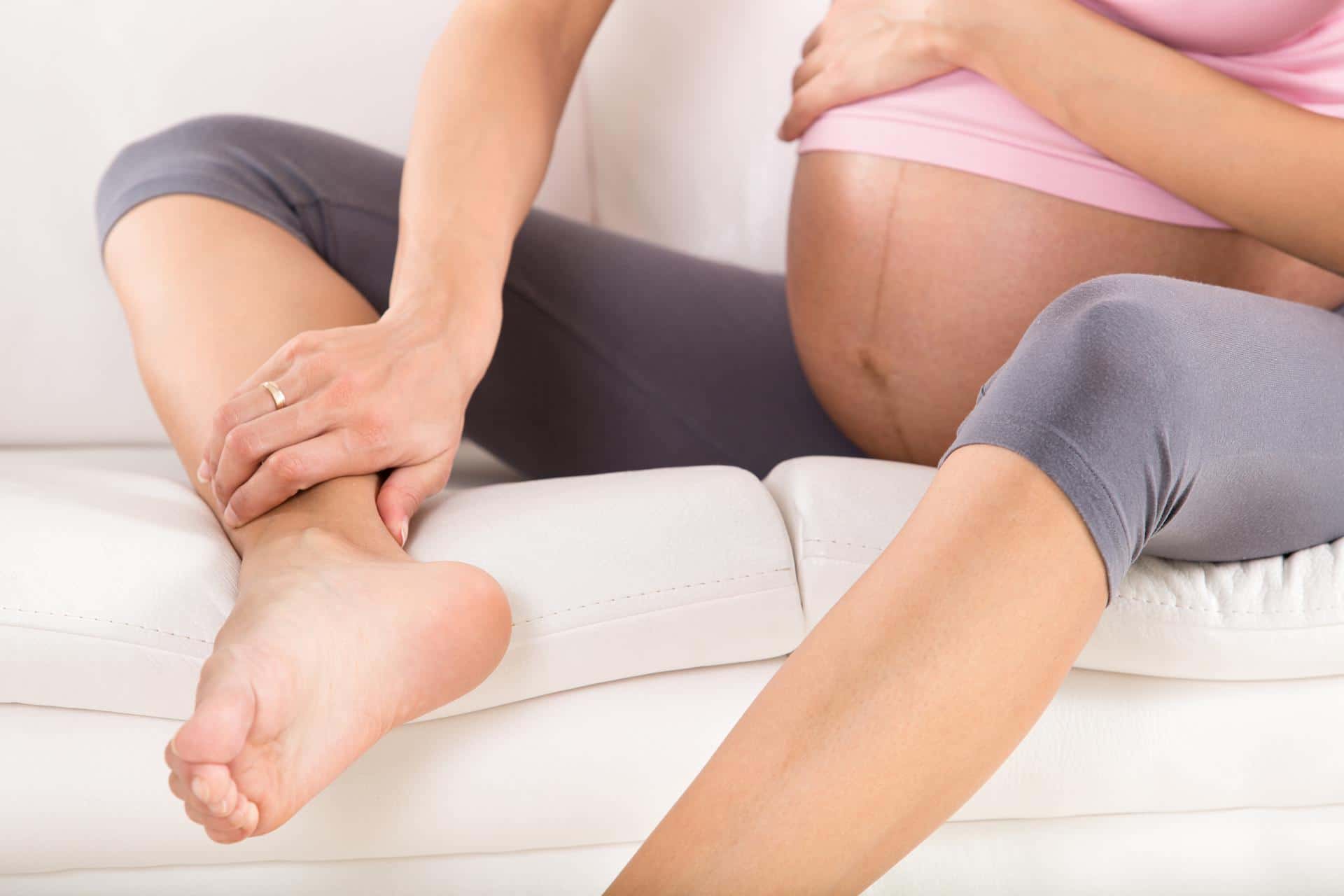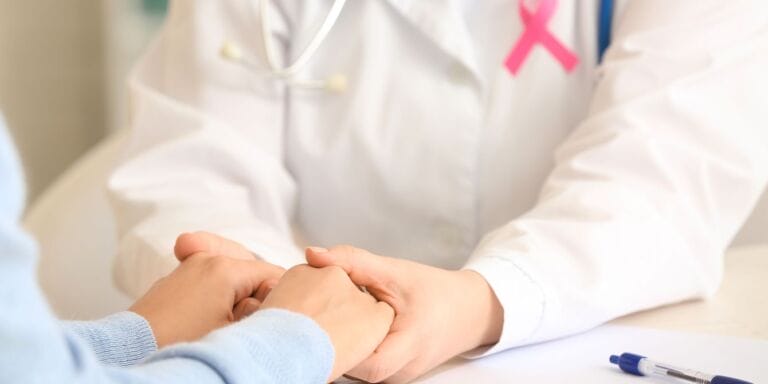Swelling in pregnancy—why it happens and when to worry

Swelling, also called edema, in pregnancy is incredibly common—and usually not a cause for worry.
Table of Contents
They warned you about the pregnancy nausea. You knew you’d gain some weight. But no one said anything about swollen fingers—and ankles and calves and cheeks and toes… of all the pregnancy symptoms, pregnancy swelling is certainly an eye-opener. Things you didn’t know could get swollen suddenly blow up like a balloon.
If you’re experiencing noticeable swelling in your feet and hands during pregnancy, you’re definitely not alone.
Swelling in pregnancy, also called edema, is incredibly common, and usually not a cause for worry.
Related: The new mama’s guide to pregnancy symptoms
What causes swelling in pregnancy?
Your body is hard at work making more blood and fluid to help support the growth of your baby, your placenta and an increased fat store (and all the other changes your body is going through). All this extra fluid can make you look—and feel—fairly swollen.
Your growing baby and uterus also put a lot of pressure on your circulatory and lymphatic system, which can contribute to swelling as well. Some women start to notice the swelling early on, but it usually develops during the second and third trimester.
Although we often have little control over the swelling, some things that can increase swelling during pregnancy include:
- Standing for a long time
- Prolonged activity
- Hot weather
- Eating a lot of sodium (salt)
- Low levels of potassium
- High levels of caffeine
But as midwife Dianne Reynolds notes, “Lower extremity edema is an almost universal finding in late pregnancy.” So please don’t beat yourself up over it! Instead, focus on relieving the symptoms when you can, and know when to contact your practitioner.
Related: A nutritionist’s guide to the best foods for pregnancy, from the early days to the third trimester
When is swelling during pregnancy a concern?
Preeclampsia
Until fairly recently, swelling was one of the symptoms used to diagnose preeclampsia, a condition of rapid-onset high blood pressure during pregnancy. It is no longer part of the diagnostic criteria—now, urine and blood tests are used to diagnose the condition, alongside blood pressure readings. Yet many women with elevated blood pressure do have swelling, especially of the face and hands.
The Preeclampsia Foundation writes:
“If you think your face is getting excessively puffy, find a picture of yourself from just before pregnancy to share with your healthcare provider. If the swelling in your hands and feet becomes severe, you may notice pitting edema (when you press your thumb into your skin, an indentation remains for a few seconds) or discoloration of your legs. If you suspect this kind of edema, notify your healthcare provider.”
Should I worry about pitting edema in pregnancy?
Pitting edema is a sign of excess swelling and indicates fluid retention. It’s not always a sign for concern, as swelling is common in pregnancy, especially in the legs and feet. But if pitting edema is noticeable on your hands or face or around your eyes, it could be a sign of preeclampsia. Reach out to your birth provider if you’re concerned. If pitting edema is also accompanied by vision changes, persistent headache, sudden weight gain, or abdominal pain, which may indicate preeclampsia, call your OB-GYN or midwife immediately. They recommend you seek emergency medical treatment.
Blood clot
Deep vein thrombosis (DVTs) are blood clots that can form in veins. The risk of a DVT increases a bit during pregnancy because your body is producing more of the component of blood responsible for clotting. Other symptoms of a blood clot include pain, hardness and redness. You might also notice one leg is more swollen than the other. The most common site for a blood clot is in your lower legs, though they can occur in other places. If you suspect you might have one, seek treatment right away.
Skin infection
If you develop a skin infection called cellulitis, you may also have swelling. You might have a fever, pain and blisters as well. Again, this would be a reason to get medical attention right away.
Other concerns
There are other rare complications that can cause swelling, such as problems with the heart or lungs. When in doubt, it’s always best to speak with your provider to make sure that you and your baby are safe.
How to reduce swelling in pregnancy
Once you’ve been cleared by your provider, it’s just a matter of finding ways to minimize the annoyance of the swelling:
- Believe it or not, staying really well hydrated (8 or more glasses of fluid a day) can help
- Make sure you change positions frequently and rest when you can if you are on your feet a lot
- Elevate your feet several times a day
- Try wearing compression socks
- Eat a balanced diet of low sodium and unprocessed food, when you can
When should I see a doctor for swelling in pregnancy?
If you experience any of these symptoms, get in touch with your care provider as soon as possible.
- Pain, redness, hardness and swelling in an area of your body
- One leg that is more swollen than the other
- Swelling in your face or hands
- Persistent headache
- Vision changes
- Lightheadedness
- Belly pain
- Difficulty breathing
- Fever
A version of this story was originally published on June 22, 2021. It has been updated.


































